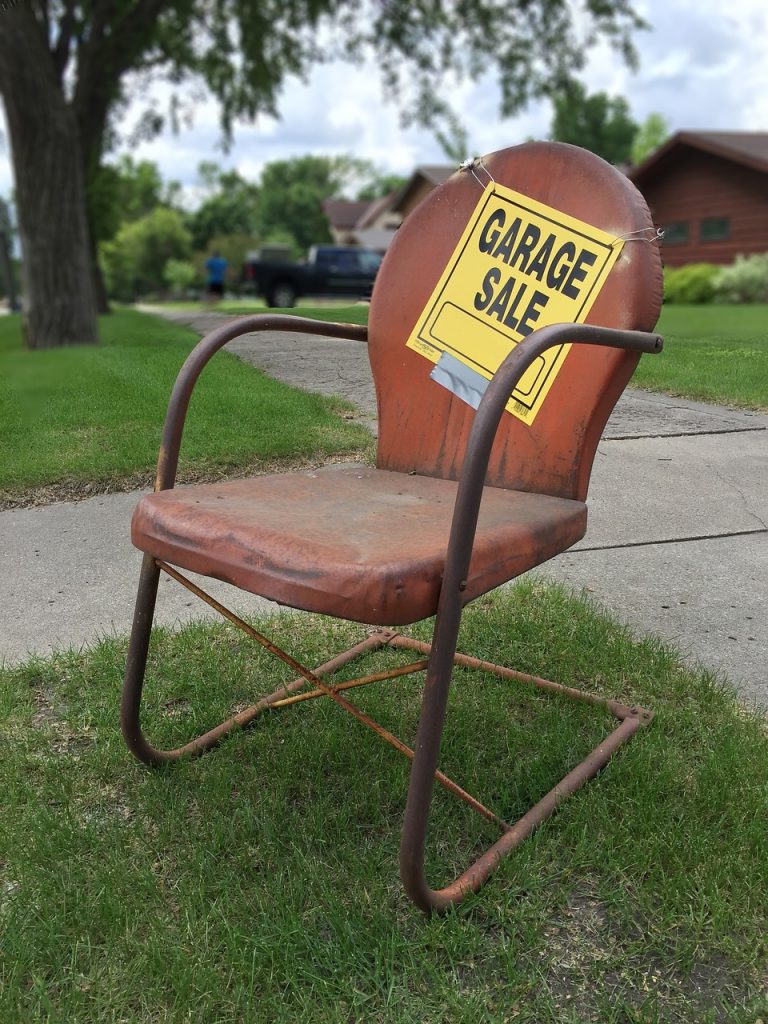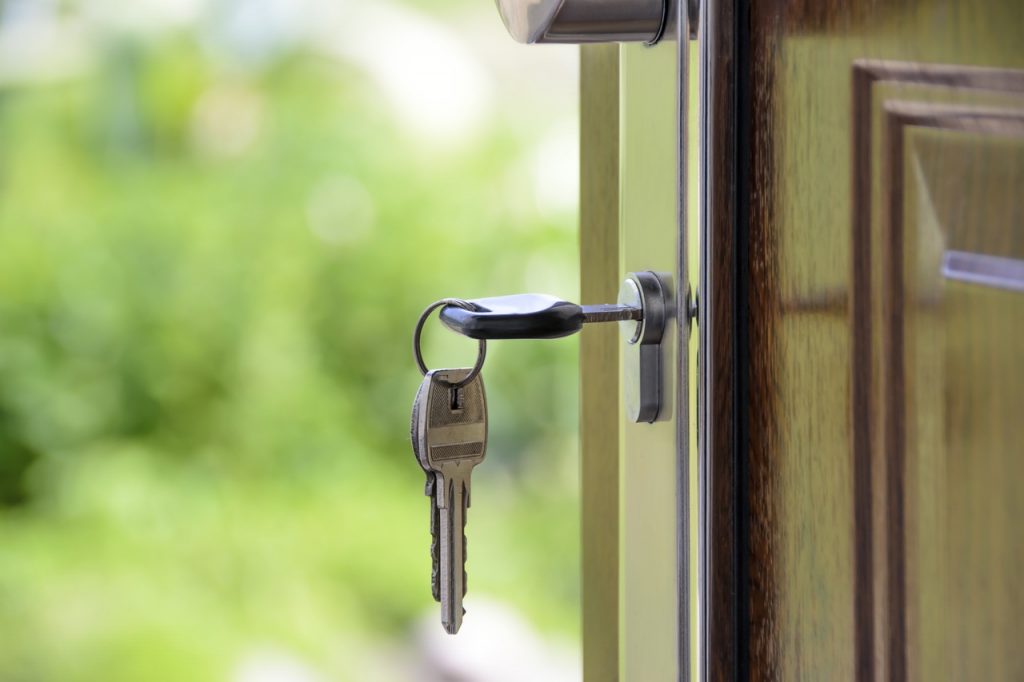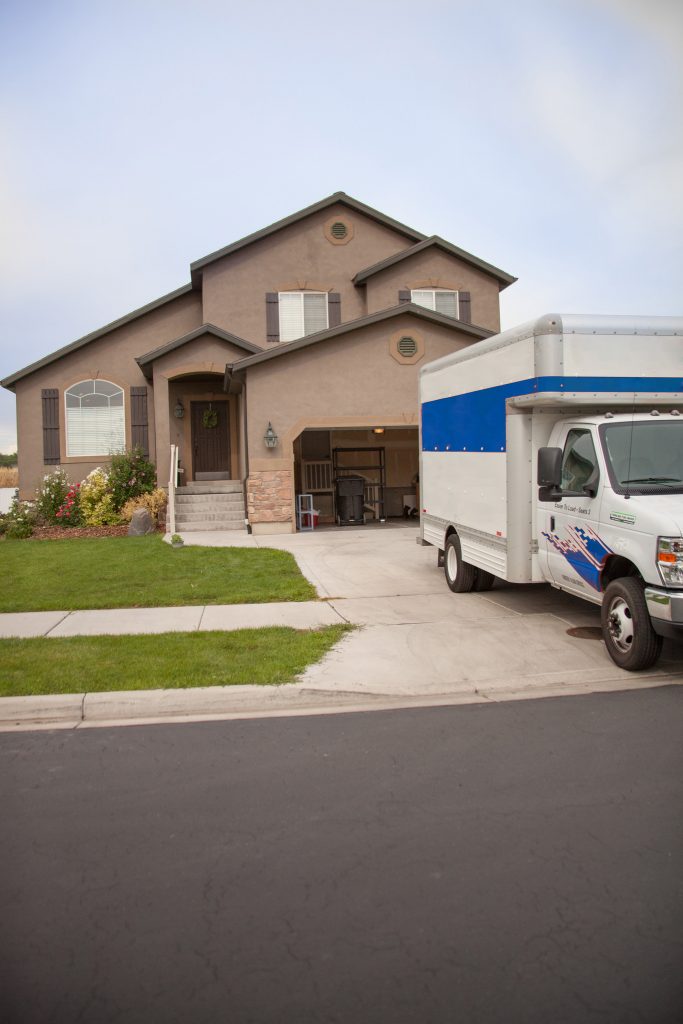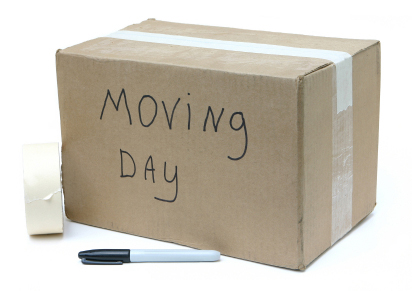Moving can be a stressful and exhausting event. There’s so much to do before the move and so much to do during. It affects all the members of your family, including your pet. We have some tips to help you plan a pet friendly move, whether it’s across town or across the country.
Get a Checkup
Amid all the the other tasks you need to do to prepare for a move, taking your pet to the vet seems like a low priority. Having a checkup before the move can help identify any health issues that may turn into big problems in the following weeks. If you’re moving away from the area it’s also the perfect time to get your pets vaccinations up to date and request a copy of its health records. If your pet suffers from anxiety, your veterinarian will also be able to provide you with specific strategies to keep your pet as calm as possible.
Pet Proof
Just like you would baby proof a house, you should ensure that it’s also safe for your pet. If you intend to allow your pet outside, you need to make sure the area is secure and there are no hazards such as poisonous or irritating plants or other materials accessible to your animal.

Find a Safe Space
During loading and unloading, there will be lots of people in and out of your house. This means there are plenty of chances for your pet to run out an open door or get caught under foot. It’s best to find a friend or relative who can take your pet for the day. If that isn’t an option, assigning a secure area, such as a bedroom or a gated backyard, with plenty of food and water will help keep your pet safe.
Go For a Ride
Regardless if your move is local or across the country, you need to take the proper steps to ensure your pet’s safety during travel. If you’ll be traveling by care, a hard sided carrier is the best way to transport small dogs and cats and a car harness for larger dogs. Make sure your furry friend has plenty of opportunities to walk around at stops and fresh food and water available during their ride. Never leave an animal alone in the car.
Settling In
Give your pet time to adjust to your new home and don’t introduce additional changes until your pet has had sufficient time to acclimate. Make sure your pet receives extra attention and activity to help prevent anxiety from building up and to enforce the idea that your new home is a safe and loving place.







